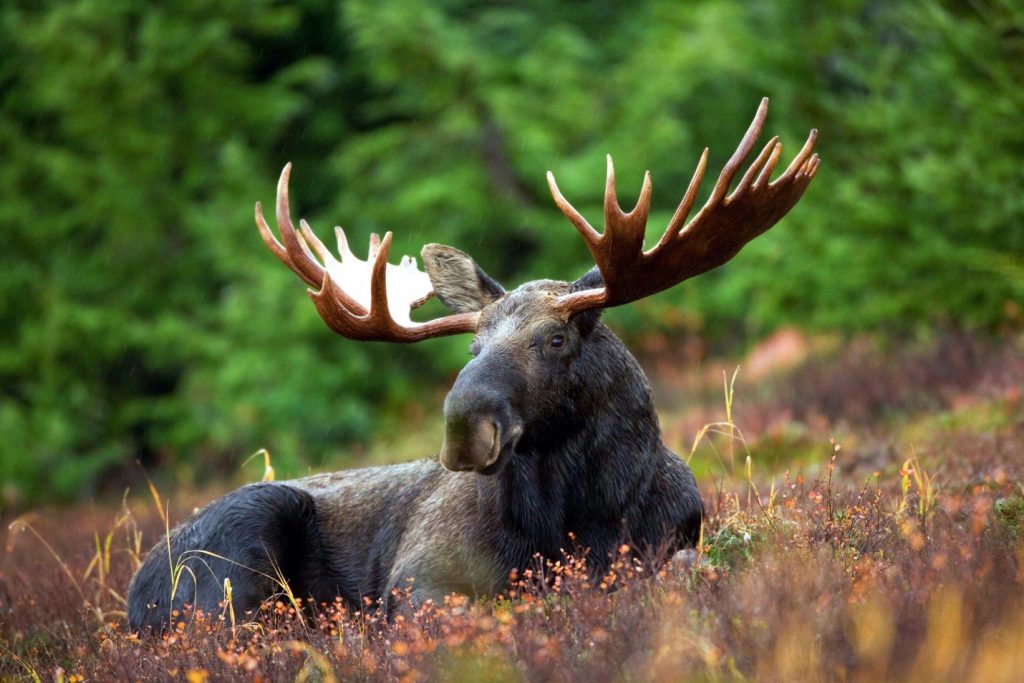Posted 12/13/18
Identifying environmental factors that determine habitat suitability, especially at broad spatial extents, is a challenge for conservation. Using winter track counts of Moose in Russia, Elena found that Dynamic Habitat Indices (DHI), which measure vegetation productivity, are an important correlate of Moose abundance over the past three decades. DHI is a powerful tool to predict Moose abundance at broad spatial extents.
Dynamic Habitat Indices (DHI) have been used to understand and predict patterns of species richness across the globe, but Elena Razenkova has found a new application for these new remotely sensed measures of productivity. Elena found that DHI was correlated with Moose abundance over the last three decades in the former USSR and current Russia.

Moose are important for subsistence, culture, and ecosystem function across much of the boreal region of the northern hemisphere. Like many species that occur at high latitudes, they experience population fluctuations from year to year, which can be difficult to predict. Elena used a long-term data set of Moose winter track counts in the former USSR and Russia from 1981 to 2010 to determine how Moose abundance has fluctuated over time.
Elena hypothesized that changes in ecosystem productivity from year to year may contribute to changes in Moose populations; however, because Moose occupy such a broad geographic area, measuring productivity on the ground would be a difficult task. NASA’s earth observing satellite-mounted MODIS (Moderate Resolution Imaging Spectroradiometer), collects data on Earth’s environmental conditions over time, which can be used to develop Dynamic Habitat Indices going back decades.
Dynamic Habitat Indices provide summaries of vegetation productivity over time, which is correlated with the richness of animal species in a given area. Vegetation productivity is also thought to affect the reproduction and survival of many animal species, leading to changes in their abundance over time. Dynamic habitat indices include cumulative productivity, minimum productivity, and variation in productivity, making them a comprehensive data source to test whether Moose abundance is correlated with productivity over the last 30 years in the USSR and Russia.
Elena found that DHI along with other environmental data such as climate, explained 79% of the variation in moose abundance in the different administrative regions of the USSR and Russia. The predictive power of the DHI model decreased somewhat from the 1980s to the 2000s, suggesting a possible role for increases in human-induced changes in Moose abundance, corresponding to the breakup of the USSR.
Elena’s research demonstrates an exciting new use for DHI: understanding and predicting the abundance of individual animal species. This may have important applications in determining animal abundance over time and across broad spatial extents. Elena hopes to look at patterns of abundance of several other animal species to determine if DHI is an equally important predictor of abundance among different taxonomic and functional groups. DHI could also serve as a helpful resource to predict how the abundance of some animal species will change in response to global changes that affect vegetation productivity and seasonality.
Story by Schilke, Paul
